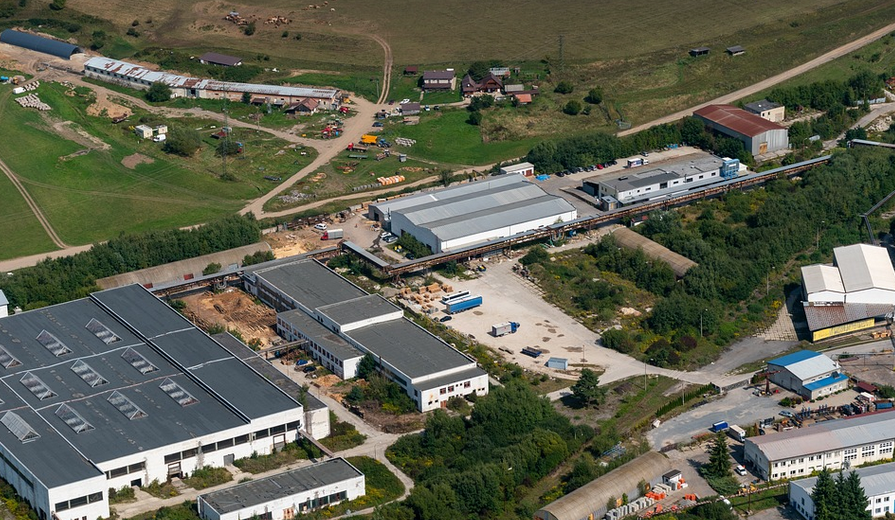
Understanding Your Welding Needs
Choosing a welding helmet is like choosing your own personal safety shield, and it’s not just about finding something that blocks sparks. The right helmet will keep you safe, comfortable, and give you clear vision for the weld.
First things first: Know what type of welding you’re doing. There are different types of welding techniques, each requiring specific helmets to ensure a smooth and successful process.
Let’s start with **stick welding**, which is often used for structural steel work. These welds create solid bonds using a manual arc. In this case, a helmet with a clear viewing area and a high-level of light transmission efficiency is crucial.
For **MIG (Metal Inert Gas) welding**, where you use a wire feeding method instead of stick welding, ventilation plays a pivotal role in filtering out harmful fumes generated during the process.
Then there’s **TIG (Gas Tungsten Arc Welding)**, which uses a non-consumable tungsten electrode to melt and fuse the metal. Here, a helmet with superior shielding, anti-spatter capabilities, and a clear lens is essential for optimal TIG welding.
Moving on to different metals like aluminum or stainless steel, you might need a **shielding gas welding helmet** that can handle these unique challenges. These helmets offer added protection against high temperatures and harsh environments often encountered when working with these materials
And finally, consider your **application**: Are you welding indoors or outdoors? Working on thin sheets of metal or thick structural steel? Each environment demands a different set of features in your helmet.
Finding the Right Helmet
Once you have a clearer idea of your welding needs, it’s time to delve into the heart of helmet selection: the technology and features that make all the difference.
**Welding Helmets – The Magic Touch**
We know how important it is to understand the different types of welding helmets because they have their own unique advantages.
**Auto-Darkening Welding Helmets:** One of the most popular options, auto-darkening helmets utilize a sophisticated technology that automatically adjusts the shade of your visor when detecting an arc.
These helmets are often preferred for stick welding and TIG welding due to their ease of use in changing environments.
**Traditional Welding Helmets:** These are designed with fixed shades and offer greater control over the light levels, which is valuable during MIG welding or when working with thicker metals.
They provide a sense of familiarity and stability for those who prefer manual adjustment of their visor’s shade level.
**Solar-Powered Welding Helmets:** These helmets have built-in solar panels that recharge batteries, ensuring long-lasting performance even when working outdoors. Their durability is unmatched; these helmets are designed to withstand harsh weather conditions and prolonged use without losing power.
**Welding Helmet Lenses: A World of Light and Clarity**:
Lenses are a critical component of any helmet, especially for welding. They filter out harmful light, protect your eyes from UV rays (important in outdoor welding), and ensure clear visibility throughout the process.
**Lens Types:**
* **Clear Lens:** These lenses provide optimal clarity and minimal distortion, ideal for close-up work like TIG welding or when working with thin metals. * **Tinted Lenses:** These offer different shades of darkness to block out specific light levels and intensities, depending on the job you’re doing.
**Lens Color:**
* **Red Lens:** These are often chosen for welding in environments with strong ambient light, such as outdoors or when working on thin materials. They filter out most of the overall UV light.
**Helmet Features You Might Want to Consider**:
Beyond lenses and filters, let’s explore other features that make your welding experience more comfortable, convenient, and efficient.
**Ventilation**
* When working with high-intensity welding, ventilation is crucial for keeping the helmet cool and preventing you from feeling overheated.
**Anti-Spatter Coating:** A must-have feature in helmets used for MIG welding. This coating prevents sparks and splatter from being directed towards your face and protects your helmet from damage.
**Interchangeable Lens Systems**: Many helmets offer interchangeable lens systems to ensure you have the right level of protection depending on the type of job you’re doing.
**Built-In Bluetooth Connectivity:** Some newer welding helmets offer built-in Bluetooth connectivity that allows for seamless communication with other devices, such as smartphones or tablets. This feature can be helpful when using your helmet for welding in complex environments.
**Choosing the Right Helmet: A Few Tips**:
Finding the perfect welding helmet is a personalized journey, but here are some tips to help you along the way:
**Read Reviews:** Reviews from other welders can give you valuable insights into the pros and cons of different helmets. Don’t just rely on manufacturer claims; get an honest perspective from those who have used the helmet in real-world conditions.
**Consult Professionals**: Talk to welding instructors, experienced welders, or experts in welding safety for their recommendations based on your specific needs.
**Try Before You Buy:** Whenever possible, try out different helmets before making a final decision . This allows you to experience the comfort and functionality firsthand, ensuring a good fit and optimal protection.
**Don’t Underestimate Safety**: A welding helmet is not just a fashion accessory; it’s an essential piece of safety gear for your well-being. Invest in one that prioritizes both performance and reliability.
Finding the Right Helmet: Beyond the Basics
While knowing the basics about welding helmets is crucial, there are additional factors to consider when making a purchase.
**Welding Helmet Brands:** Choose a brand known for quality and innovation in helmet technology. Some of the most reputable brands include 3M, Miller Electric Manufacturing, Hobart, Lincoln Electric, and more. These companies invest heavily in research and development, ensuring they provide the best possible protection for welders.
**Helmet Safety Certifications:** Ensure that your chosen helmet meets relevant safety standards and certifications, such as those issued by Underwriters Laboratories (UL). This certification assures you of the helmet’s quality and compliance with industry regulations and standards.
**Budget**: Welding helmets come in a wide price range. Consider your budget constraints but also prioritize investing in high-quality equipment to ensure a longer lifespan, optimal protection, and reliable performance.
**Warranty:** Check the warranty offered by the manufacturer of your chosen helmet. A good warranty provides you with peace of mind in case of accidental damage or malfunctions, ensuring your investment will be protected.
**Accessories**: Don’t forget about accessories that can enhance your welding experience and overall comfort when choosing a welding helmet.
- Lens cleaning cloths
- Headband adjustments
- Replacement lenses
- Carrying cases for on-the-go protection
By taking the time to understand your needs, choose a helmet suited to your welding style, and invest in quality equipment, you’ll be well on your way to enjoying a safe and productive welding experience.


